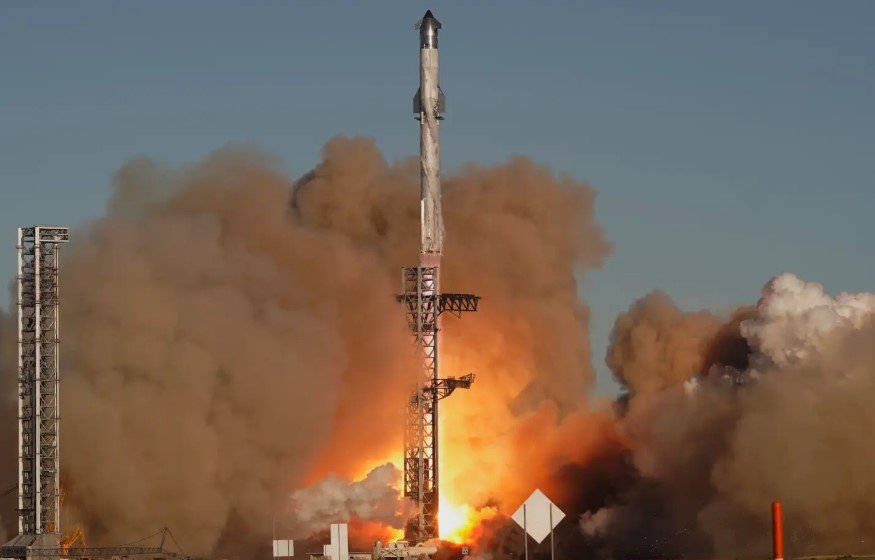Elon Musk has once again set an ambitious timeline for Mars exploration. The billionaire CEO of SpaceX announced that an uncrewed Mars landing mission could take place by the end of next year. If successful, the mission would mark the first-ever private spacecraft to touch down on the Red Planet, bringing Musk’s vision of interplanetary colonization one step closer to reality. But behind the grand ambition, scientists and policymakers are raising critical concerns—ranging from technical feasibility to potential conflicts of interest.
A Giant Leap for Private Spaceflight?
The upcoming Mars mission will reportedly feature Optimus, a humanoid robot developed by Tesla, another Musk-owned company. The robot’s role in the mission remains unclear, but many speculate it could serve as a prototype for autonomous workers in future Mars colonies.
Musk has projected that if this uncrewed landing goes as planned, human missions could follow as early as 2029, though he admitted that 2031 is a more realistic target. That timeline remains aggressive, given that no existing spacecraft has demonstrated the ability to transport cargo or people safely to Mars and back.
One of the biggest challenges remains the refueling process. Musk envisions Starship refueling in Earth’s orbit before heading to Mars, a technique that has never been attempted at this scale. SpaceX has successfully demonstrated in-space refueling on a small scale, but a full-scale Starship refueling operation would be unprecedented and fraught with technical risks.

NASA’s Skepticism and Scientific Concerns
Despite Musk’s confidence, NASA scientists have expressed doubts about the feasibility of SpaceX’s Mars mission timeline. Mars landings are notoriously difficult. Even NASA’s Perseverance rover, which landed in 2021, relied on decades of research and incremental improvements to landing technology.
Key concerns raised by NASA officials include:
- The ability of Starship to perform controlled landings on Mars, given the planet’s thin atmosphere and unpredictable wind patterns.
- The impact of cosmic radiation on electronic systems and potential astronauts.
- The lack of a proven return vehicle to bring samples—or eventually, humans—back from Mars.
Another point of concern is SpaceX’s reliance on rapid testing and iteration, a strategy that has worked well for launching satellites and even human missions to the International Space Station. But Mars missions leave little room for trial and error.
Elon Musk’s Government Ties Stir Debate
Beyond technical and logistical challenges, Musk’s growing influence in space exploration and U.S. policy has raised ethical and political questions. As SpaceX increasingly secures NASA and Department of Defense contracts, critics argue that Musk’s private interests might conflict with national and international space priorities.
There have been reports of frustration within NASA regarding Musk’s independent approach to space exploration, sometimes bypassing traditional regulatory frameworks. SpaceX has already drawn scrutiny for launching satellites without full clearance, and its rapid-fire Starship testing campaign has occasionally put it at odds with the Federal Aviation Administration (FAA).
Musk’s role as a key U.S. government contractor while maintaining ownership of companies like X (formerly Twitter) and Tesla has also raised concerns about potential leverage in policymaking. Some policymakers fear that Musk’s private space ambitions could outpace or even interfere with NASA’s long-term Mars exploration plans.
What Happens Next?
SpaceX is currently preparing for the next major Starship flight test, which is expected to refine the vehicle’s orbital and reentry capabilities. The company has also accelerated the development of refueling technology, a crucial step toward any interplanetary mission.
Whether Musk’s timeline holds or not, one thing is certain: private space exploration is pushing boundaries faster than ever before. The coming years will determine whether SpaceX can make history—or if the hurdles of Mars exploration remain insurmountable, even for the world’s most ambitious space entrepreneur.
